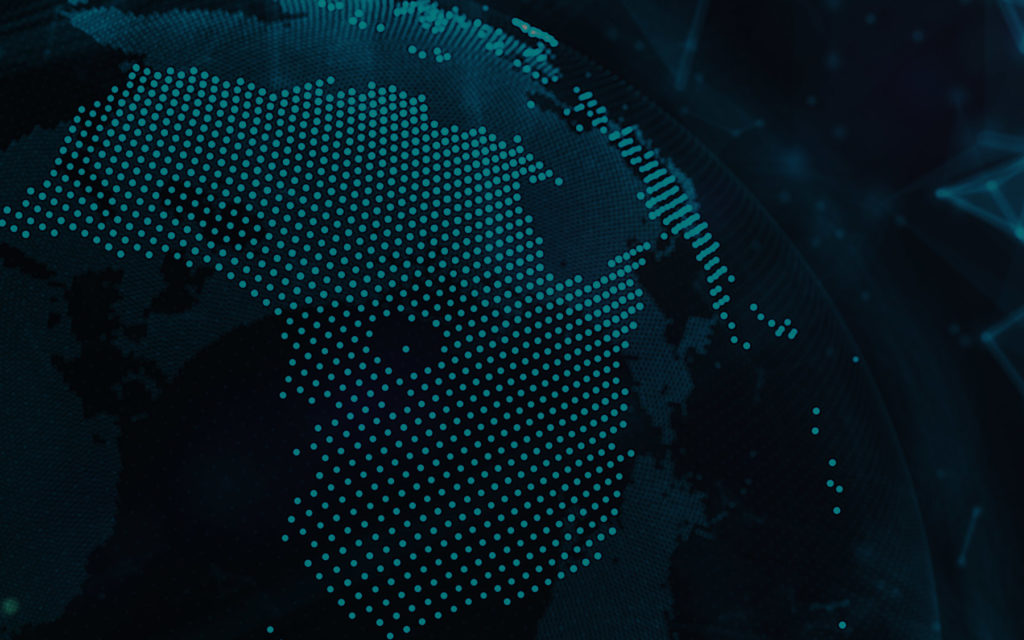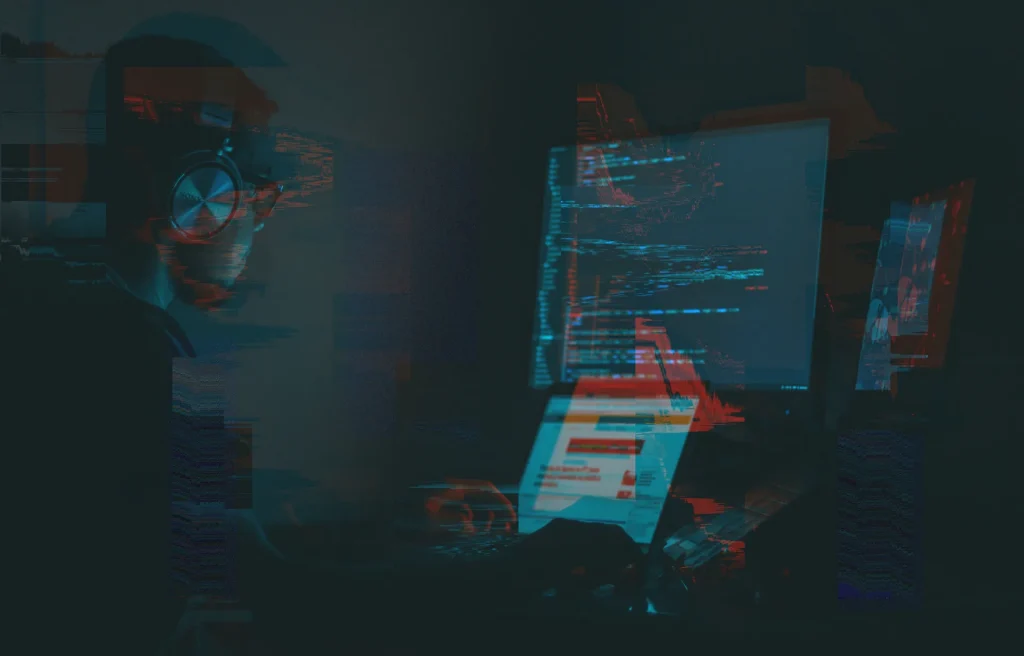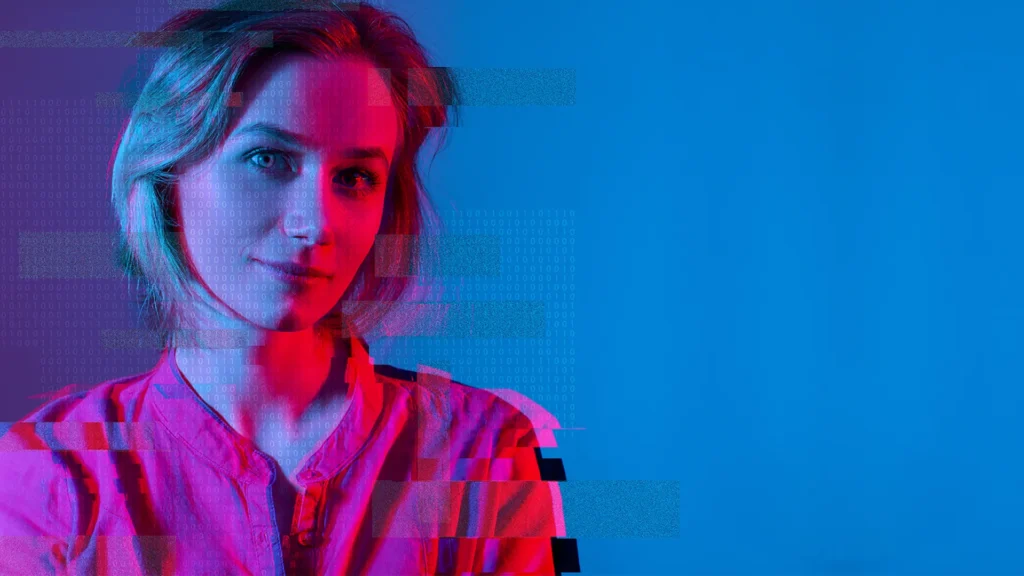
Australia’s hiring market: Workforce outlook for 2026
Australia’s hiring market: Workforce outlook for 2026

Key takeaways
1. Candidate activity is intensifying, even as job ads level out
Applications per job ad continues to surge due to cost-of-living pressures pushing more people into the market. Employers will continue to deal with far higher application volumes per role (especially as both sides become increasingly AI-enabled), leaving internal TA teams swamped with CVs and slowing down sourcing and shortlisting times.
2. State hiring conditions are diverging
WA, QLD, and SA continue to show strong hiring demand, while NSW, VIC, and especially the ACT face softer hiring conditions and fewer job ads.
3. AI is reshaping job expectations and forcing employers to rethink capability building
Most roles are expected to change due to AI augmentation, and demand for AI skills in job ads has surged. However, the impact on hiring is based more on uncertainty than reality. For now, this means early-career hiring and internal upskilling matter more than ever.
Introduction
As 2025 draws to a close, workforce planning is front-of-mind for employers navigating steady inflation, slower economic growth, shifting candidate behaviour, and fast-evolving AI expectations.
To help map this out, we’ve combined our recruitment experts’ on-the-ground insights with SEEK’s latest market data — shared in our recent webinar with SEEK Senior Economist, Blair Chapman — to unpack what the macroeconomic indicators can tell us as we head into the new year.
Australia’s hiring landscape: The national trends that will shape 2026
Australia’s macroeconomic environment continues to reshape workforce dynamics heading into 2026, and while conditions aren’t extreme, they’re definitely shifting.
Slower employment growth means hiring will feel more measured
Australia’s economy is “returning to trend”, but that trend means slower growth than pre-COVID. Employers are thinking harder about where roles sit, how teams are structured and what genuinely needs to be added. Hiring cycles may slow slightly as organisations prioritise clarity and ROI over rapid expansion.
Consumer activity is lifting, supporting hiring in key sectors
As discretionary spending returns, industries like retail, tourism, logistics and hospitality are feeling the uptick. For employers, this means renewed demand for customer-facing roles and increased competition for workers across trades, transport, supply chain and service sectors.
Matthew Munson, Managing Director at Talent Sydney, echoes this:
“The lift in consumer activity is a welcome shift and will absolutely drive more hiring across key service sectors. But it comes with a caveat: inflation is edging up again, and any further interest rate rises could cool spending just as momentum returns. It’s a positive trend, but one that still depends on broader economic stability.”
Persistent inflation is driving stronger salary expectations
Inflation is above the RBA’s target range, pushing candidates to be more pay-conscious. While wage growth has eased, SEEK advertised salaries are rising again – especially for job switchers. Employers should expect more salary-driven conversations and tighter candidate negotiation margins.
Job ads have stabilised, but candidate activity is rising fast
SEEK job ads are holding steady at sustainable levels, but applications per ad have surged due to increasing cost-of-living pressures. While this means hiring teams have more options when hiring, it also means applicant pools are much more competitive and screening becomes harder to manage.
Matthew adds:
“Across the corporate sector, we’re still seeing a steady flow of redundancies, and that’s likely to push unemployment higher in the months ahead. As more candidates enter the market, those already-growing applicant pools will expand even further. For employers, that means greater choice, but also a significant lift in the volume and complexity of applications to manage.”
AI is reshaping roles and accelerating demand for new skills
Most jobs will change in some way due to AI augmentation and SEEK job ads referencing AI skills have climbed sharply with more roles now designed with AI-enabled tools and productivity in mind. However, Blair cautions businesses not to cut junior or graduate hiring, which will create major capability gaps in the next three to five years, when experienced AI-literate talent will be far more expensive to secure.
Regional breakdown: Hiring outlook for 2026
While national trends point to a more balanced labour market, here’s how conditions are shaping up across the states we operate in.
Western Australia (WA)
Western Australia remains one of Australia’s strongest labour markets. Employment growth has been rapid since COVID, supported by strong population inflows and government incentives aimed at attracting tradies and boosting construction capacity. Demand remains high across trades, engineering, mining, logistics and infrastructure. Next year, expect tighter talent pools, fast-moving recruitment, and continued pressure for skilled workers.
South Australia (SA)
SA has been the standout performer over the past year, posting some of the strongest employment growth nationally. Relaxed building regulations are fuelling construction activity, and government efforts to attract innovation and professional talent are paying off. In 2026, we expect to see elevated hiring across construction, project services, emerging industries and professional roles.
Anthony Whyte, Managing Director at Talent Adelaide shares:
“SA has multiple ‘multi-generational’ builds running at once—AUKUS/Osborne shipyard expansion, major road projects (e.g. Torrens-to-Darlington), new hospital builds, big housing programs, plus energy investments. These are labour-intensive and will create spillover jobs in engineering, project services, logistics, and professional services.
In addition, Defence, space, cyber, and critical tech clusters (especially around Lot Fourteen and Defence SA precincts) are maturing, shifting from “startup vibe” to real headcount growth.”
Queensland (QLD)
Queensland’s post-COVID growth has cooled but remains solid. The state continues to benefit from interstate migration, which is expanding its labour force and supporting steady hiring demand, and job ads remain elevated in many regions despite recent moderation. Demand looks to remain stable across construction, community services, health, logistics, and regional roles for 2026.
New South Wales (NSW)
NSW has slowed more noticeably compared to other regions. Employment has moved sideways for around a year, and Sydney has seen one of the sharper drops in job ads compared to other metros. Hiring has become more measured with employers taking longer to decide. In 2026, expect bigger applicant pools, more competition for roles offering stability, and steadier hiring in tech, professional services, and government-adjacent sectors.
Matthew also shares:
“In NSW, we’re cautiously optimistic about the year ahead. Government spending appears to have stabilised, and with an election on the horizon in 2027, we’re expecting investment to gradually lift. The financial sector has spent much of this year tightening costs, but several critical projects are already lining up for 2026.
We’re also seeing encouraging signs in healthcare, construction and cyber, along with renewed activity in the private equity space with many firms sitting on capital they’re ready to deploy. If that translates into the technology sector, it could provide a meaningful boost to hiring momentum across the state.”
Australian Capital Territory (ACT)
The ACT is feeling the largest hit, driven almost entirely by a steep drop in Government & Defence job ads (down approximately 20% in the past year according to SEEK data). Ads are now well below pre-COVID levels, feeding directly into softer hiring conditions in Canberra. Next year, the signs point to larger applicant pools, slower hiring cycles, and improved access to talent for private sector employers.
Robert Ning, Managing Director at Talent Canberra, adds:
“Across the ACT, the most telling shift this year has been the way several departments have cancelled or scaled back projects mid-delivery. Despite this, we’ve continued to stay close to shifting priorities and helping organisations navigate tightened budgets.
SEEK’s data showing rising applicants per role versus fewer ads posted overall is also further exacerbating pressures for job seekers. However, for employers, it’s creating a window to access specialist capability that has traditionally been in short supply. Organisations that take a longer-range view in 2026 will be well positioned to strengthen critical teams, secure high-quality candidates, and build capability before demand rebounds.”
Victoria (VIC)
Victoria continues to add jobs at a consistent pace and its housing market has re-accelerated following rate cuts. The new year will continue to show steady demand across construction, education, health, community services, and technology roles.
As Simon Yeung, Managing Director at Talent Melbourne, puts it:
“Victoria enters 2026 with a broadly positive employment outlook, underpinned by strong demand in sectors such as healthcare, construction, education and technology. Demographic trends — including delayed retirements and Melbourne’s rapid population expansion — are reinforcing these opportunities.
With Melbourne now outpacing Sydney in growth and on track to become Australia’s largest city, pressure on talent demand will only intensify. However, the benefits will not be evenly distributed. Success will increasingly hinge on targeted skills, flexibility, and more precise alignment between talent supply and market need.”
What employers should prioritise in 2026
With a more balanced labour market, shifting salary expectations, and the rise of AI-enabled work, hiring managers and business leaders heading into 2026 will need to be sharper and more intentional in their workforce planning.
Build capability, not gaps
Don’t replace early-career hiring with AI. Cutting junior and graduate roles now will leave organisations scrambling and paying a premium for experienced talent in a few years. Maintaining your entry-level pipelines and building structured pathways for upskilling will set your business up for success.
Stay competitive on salaries
Candidates are more financially aware and more willing to walk for a better offer. With advertised salaries rising faster than wage growth, benchmarking will be crucial to securing and retaining strong talent.
Streamline hiring processes
Applications per job ad continue to remain high, and hiring teams will feel it. Clear screening criteria, fast communication, and a strong candidate experience will help ensure you don’t lose standout talent in the process.
Prepare teams for AI-enabled roles
More roles will integrate AI tools, automation, and augmented workflows. Employers who proactively build AI literacy will see stronger productivity uplift and better employee engagement as expectations shift, even if it’s only at a foundational level.
Adopt region-specific hiring strategies
A one-size-fits-all approach won’t cut it with WA and SA running hot, NSW and the ACT cooling, and QLD and VIC sitting in the middle. Tailor your hiring timelines, salary positioning, and EVP messaging to the realities of each region.
Looking ahead
Australia’s labour market is shifting into a more stable phase defined by strong candidate activity, varied hiring conditions across states, and the growing influence of AI at work. Salary pressure remains real, job applications are rising, and employers are becoming more intentional about where and how they hire.
For HR and TA leaders, the priorities for 2026 are clear: protect your early-career pipelines, benchmark thoughtfully, keep your hiring process sharp and build AI capability across your teams.
As you plan for the year ahead, having a clear view of salaries and local market conditions will be essential. Our online More than Money Salary Guide offers searchable data to help you shape competitive and confident hiring decisions for 2026.










